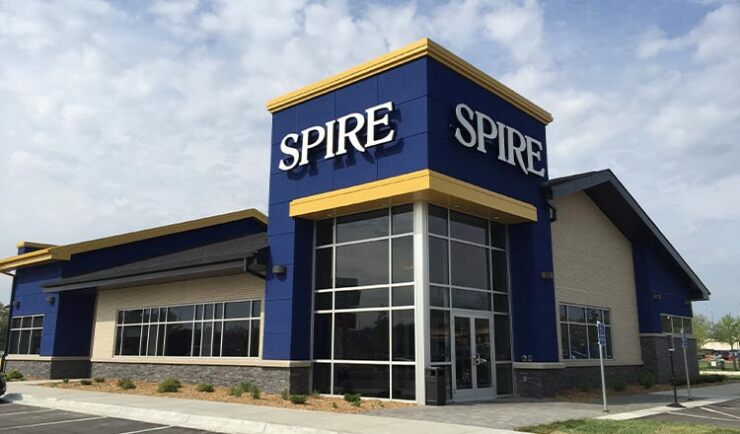
Sizable credit unions have mostly remained on the M&A sidelines this year, but some industry observers say that could soon change.
A proposed merger in Minnesota may be a sign of more deals to come. Mergers between credit unions of more than $1 billion in assets have been few and far between of late.
The $1.8 billion Hiway Credit Union in Saint Paul will hold a
The CEOs of both companies declined to comment until the merger plans are finalized.
A looming recession and increased regulatory scrutiny have kept deals of this size down to just seven in the past five years, according to Peter Duffy, managing director for Piper Sandler.
"Credit union mergers where both sides of the deal are greater than $1 billion remain elusive, but we expect that to change over the next year," Duffy said. "We are currently in a couple of discussions that look favorable."
At the same time, there have only been four deals involving
In total, there were 16
Most recently, Nusenda Credit Union in early June said it
Michael Bell, an attorney at Honigman who has advised the buyer in many credit union-bank deals, said there could be "five or six" more announced this year.
Bell added that there is also increased chatter about mergers of equals in the credit union space.
"It has been building slowly for the past few years and now the momentum is really forming," Bell said, adding that he is working on six such deals today. "Half of them involve credit unions that are over a billion in size. These would be material transactions that would create significant scale."
Not all of those deals will come together, but Bell said he expects that a majority of them will.
Hiway said its proposed deal with Spire would give its members access to 22 more branches and would also create more opportunities for its employees. Spire and
Spire has been busy with
The only recent merger in Minnesota involving two credit unions with at least $1.5 billion of assets was the
Meanwhile, membership in Minnesota credit unions has grown from 30% of the population to 35.5% during the past ten years, according to the Minnesota Credit Union Network.
Bank M&A has also been quiet this year. Only
Tim Scholten, founder and president of the credit union and community bank consultancy Visible Progress, said M&A talk has been quiet with his clients lately, but that may soon change.
"I do suspect that things may heat up as there seems to be more margin compression across the industry," Scholten said. "An added squeeze on earnings may cause a few more sales in the coming months."
Duffy said credit union consolidation has been less efficient than what the banking industry has experienced.
Although there are roughly the same number of banks as credit unions in operation today, the average asset size of a bank is $3.6 billion, while the average size for a credit union is $450 million, he said.
"Credit union boards are increasingly recognizing the role economy of scale plays in their stated mission to serve members competitively," Duffy said. "There's no getting around this and they can see it in the erosion of margin, slowing of organic growth and better technology at larger banks and credit unions."






